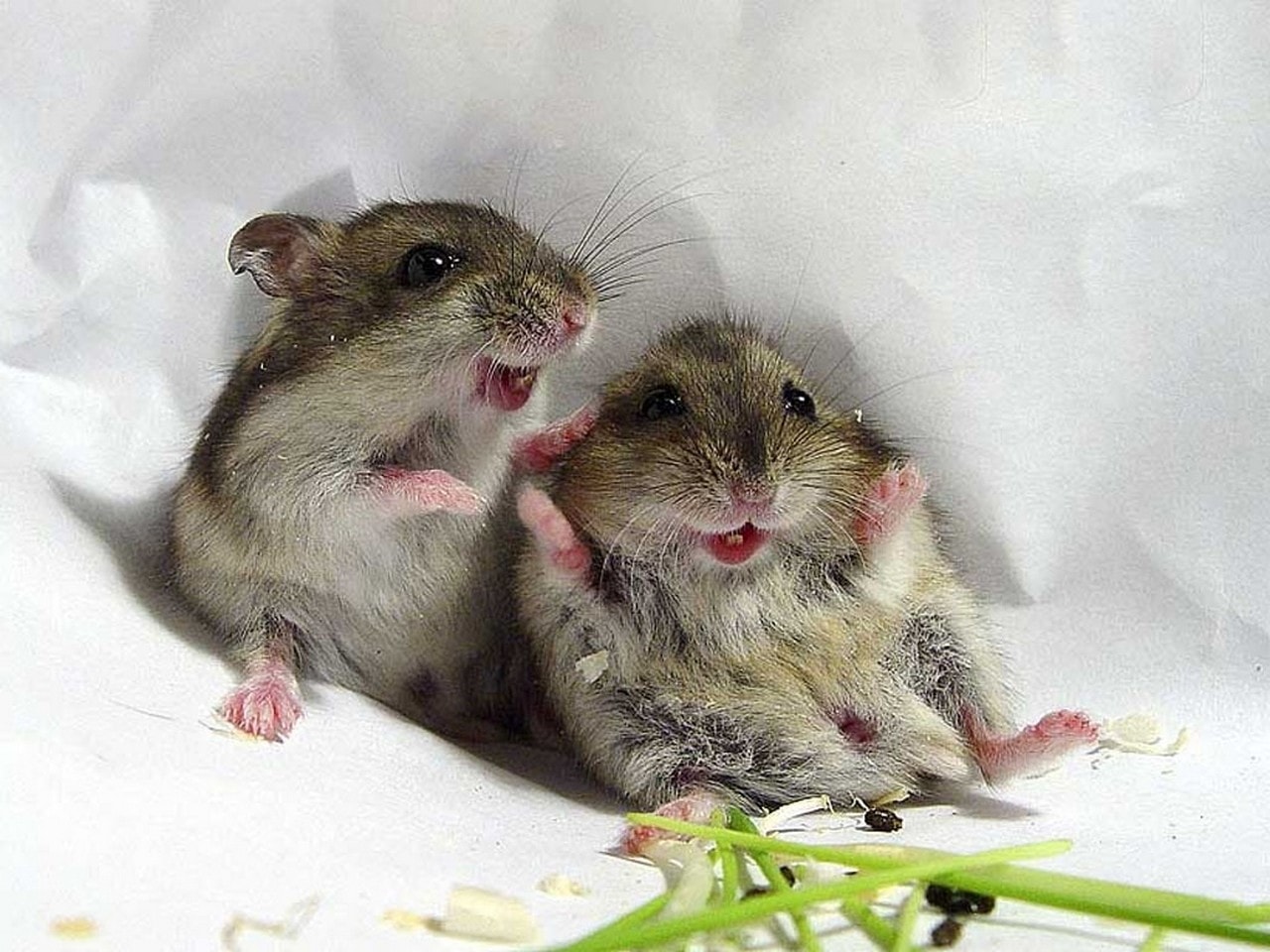
Mouse
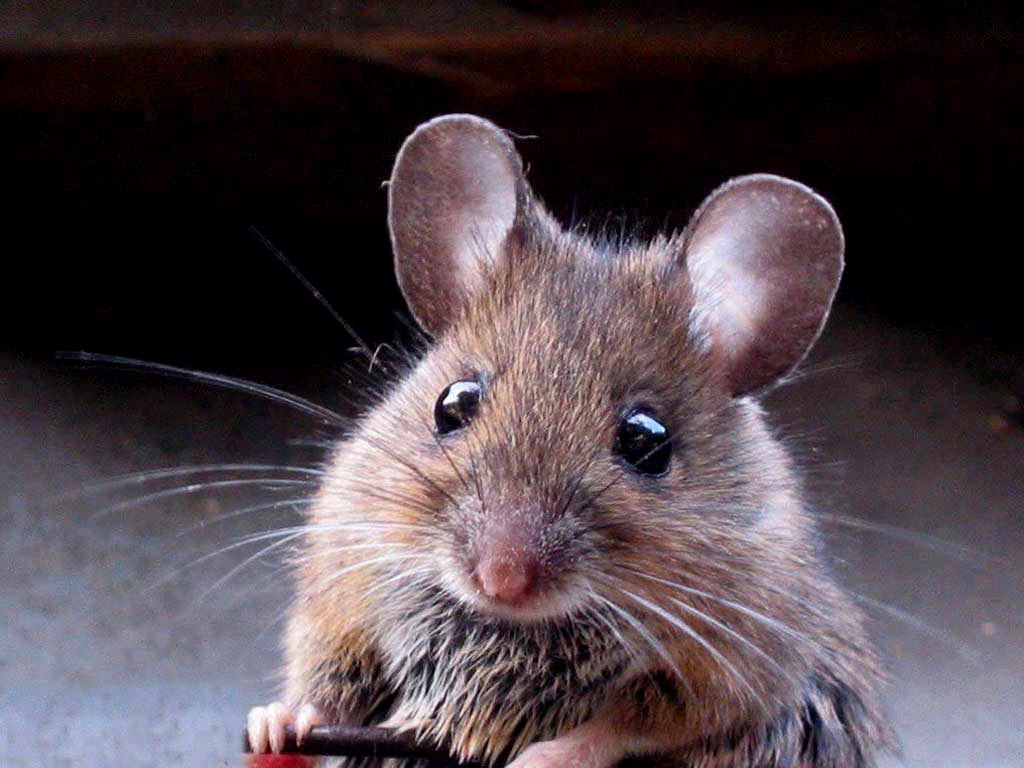
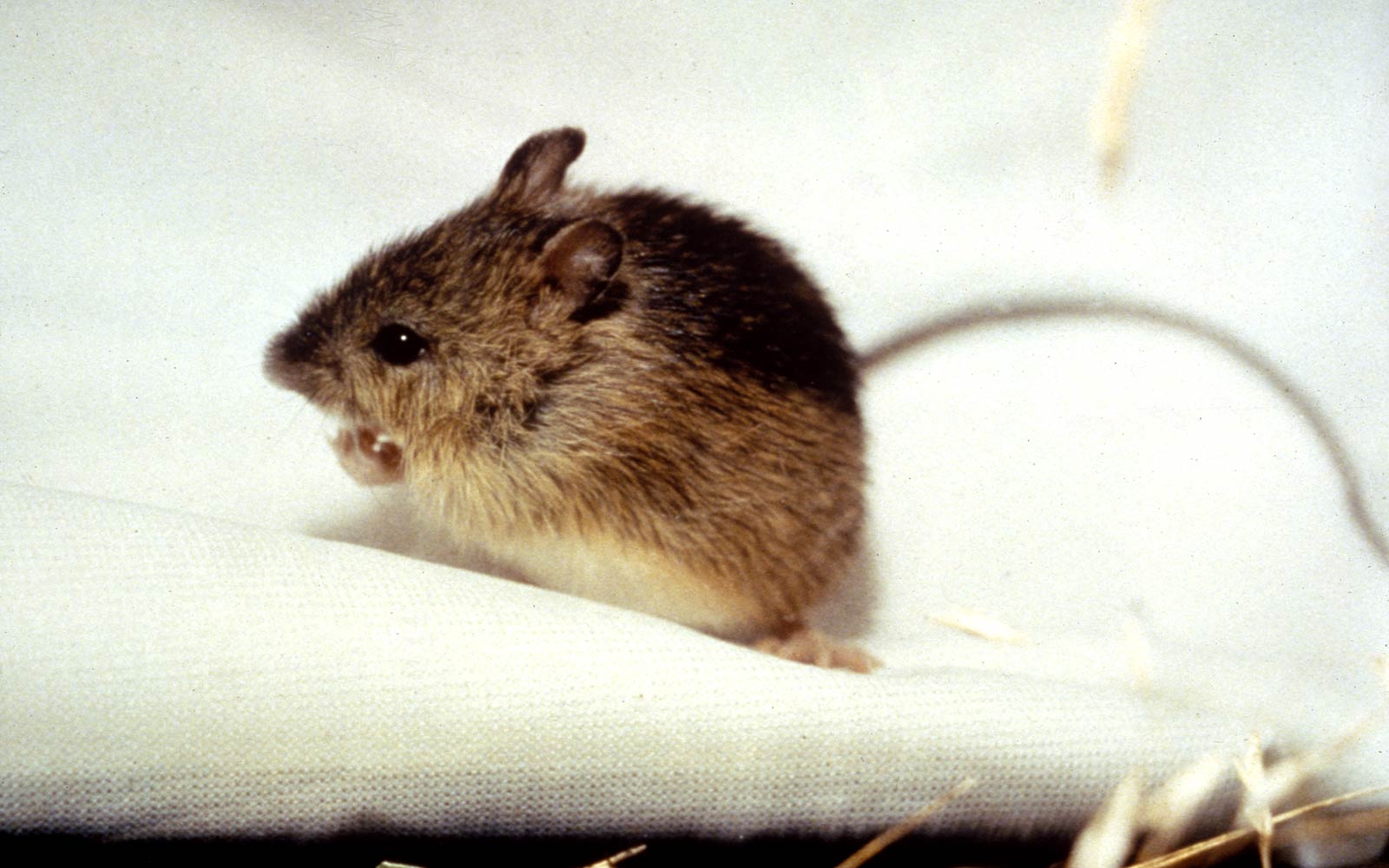
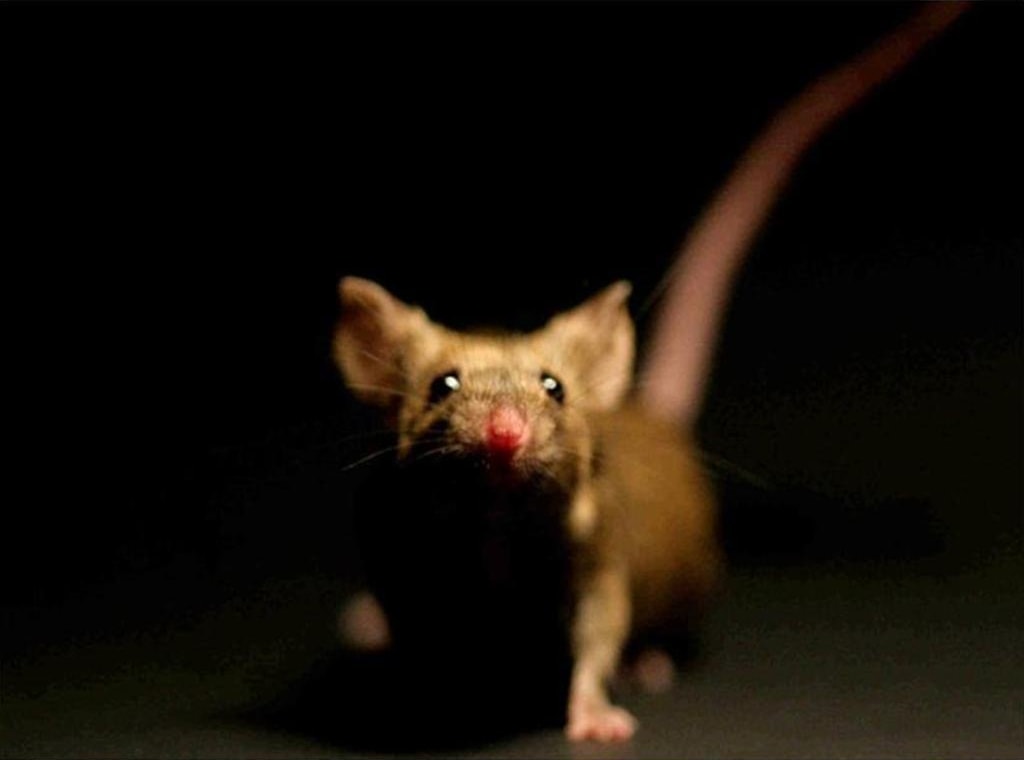

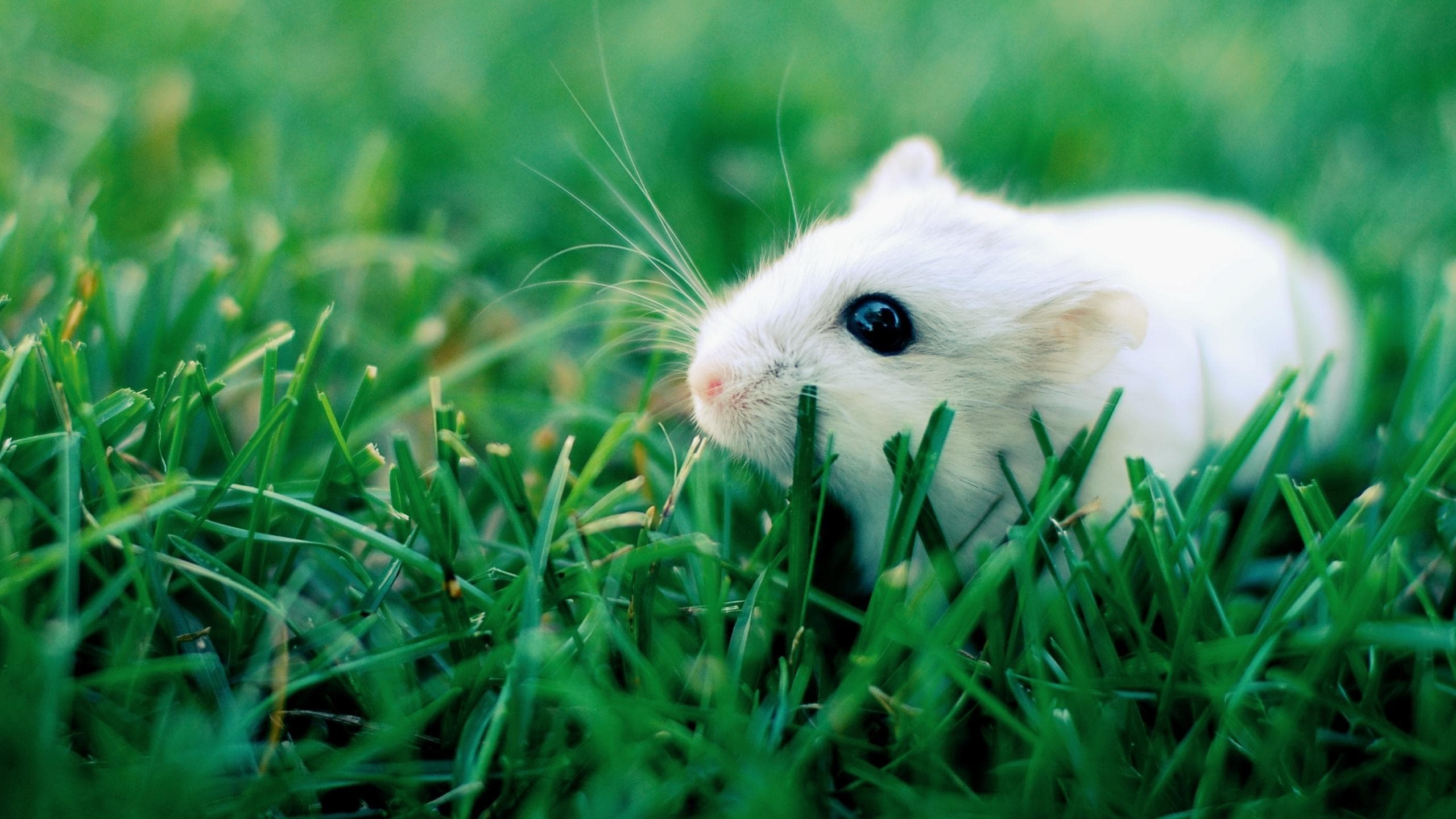
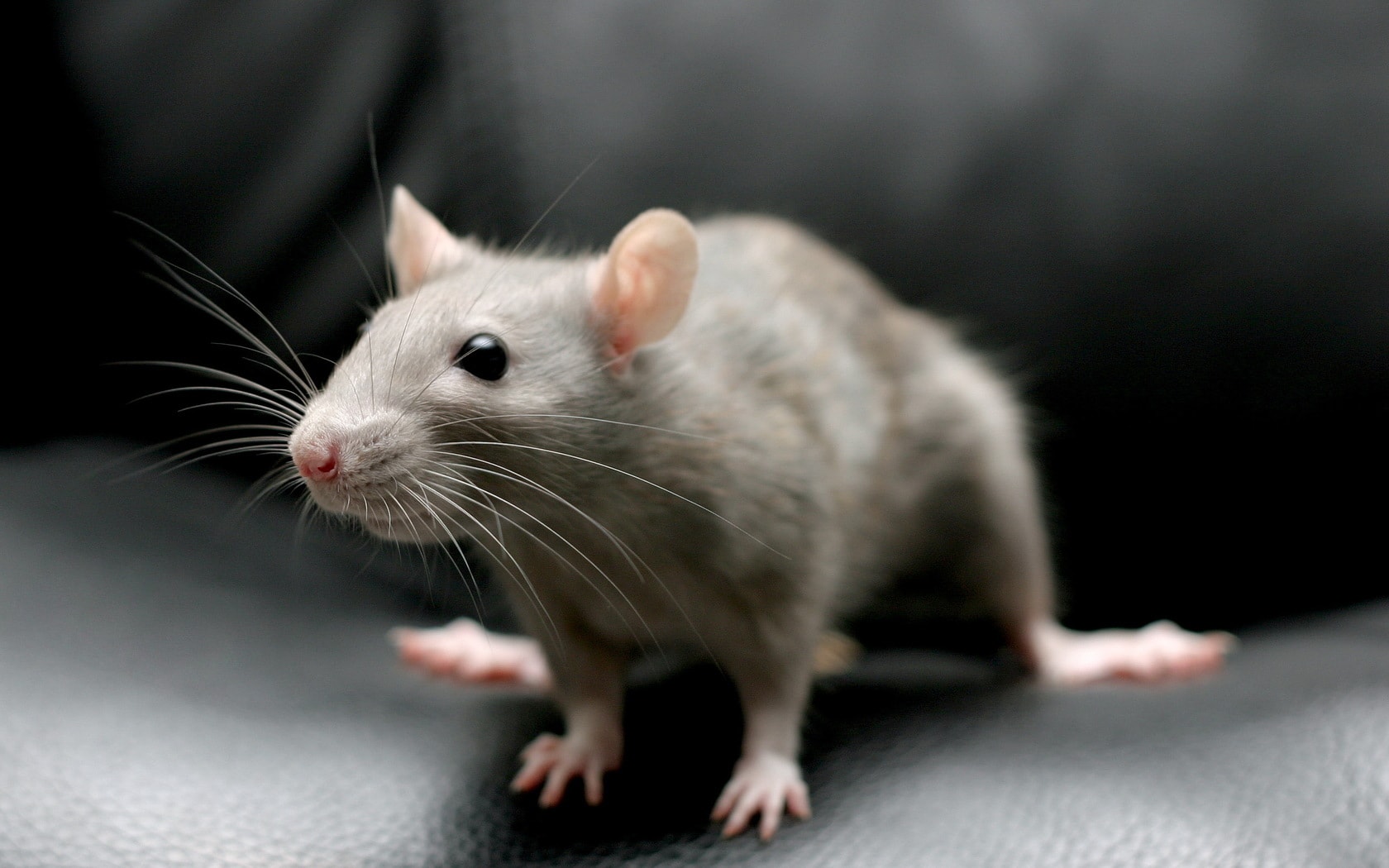
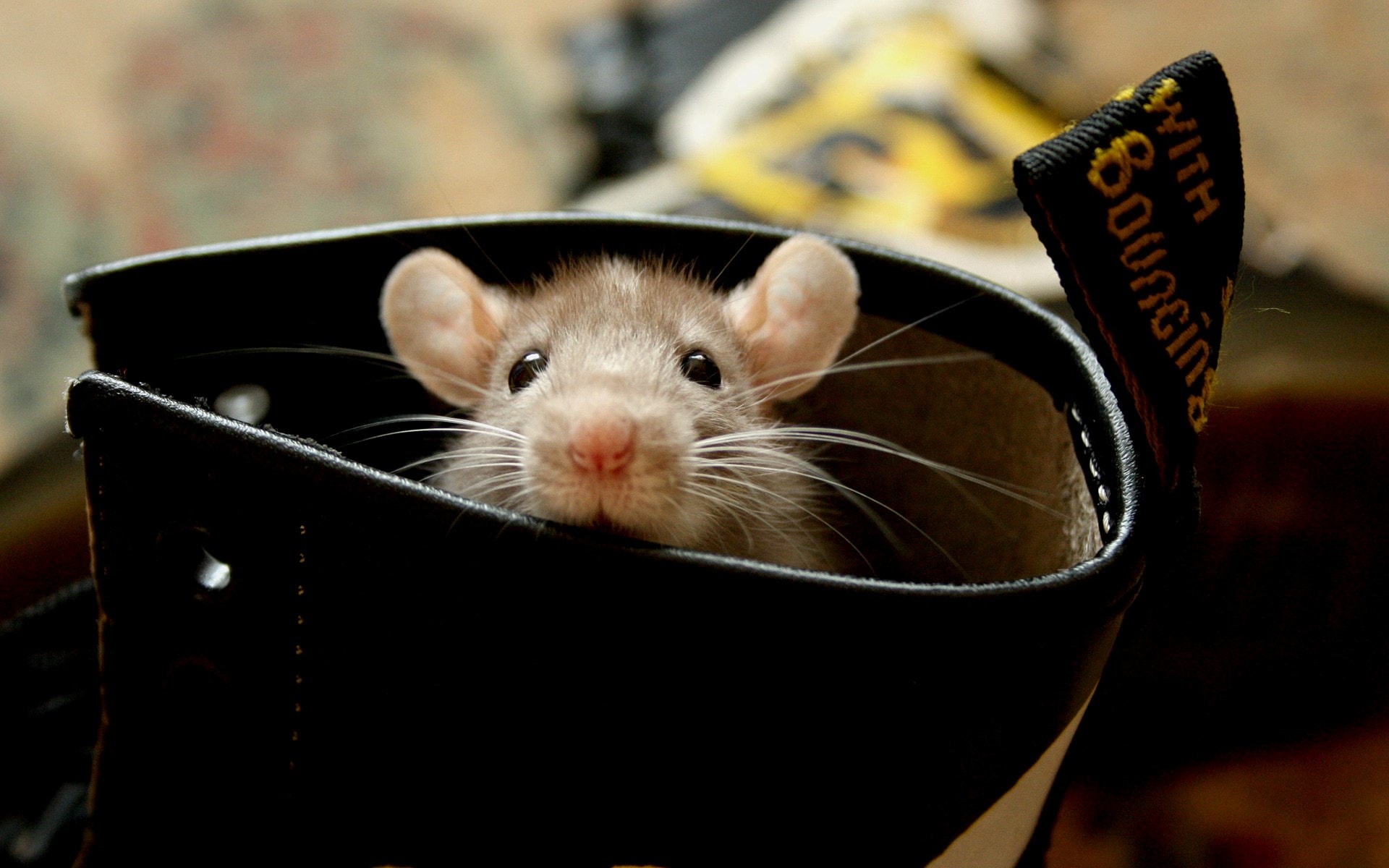

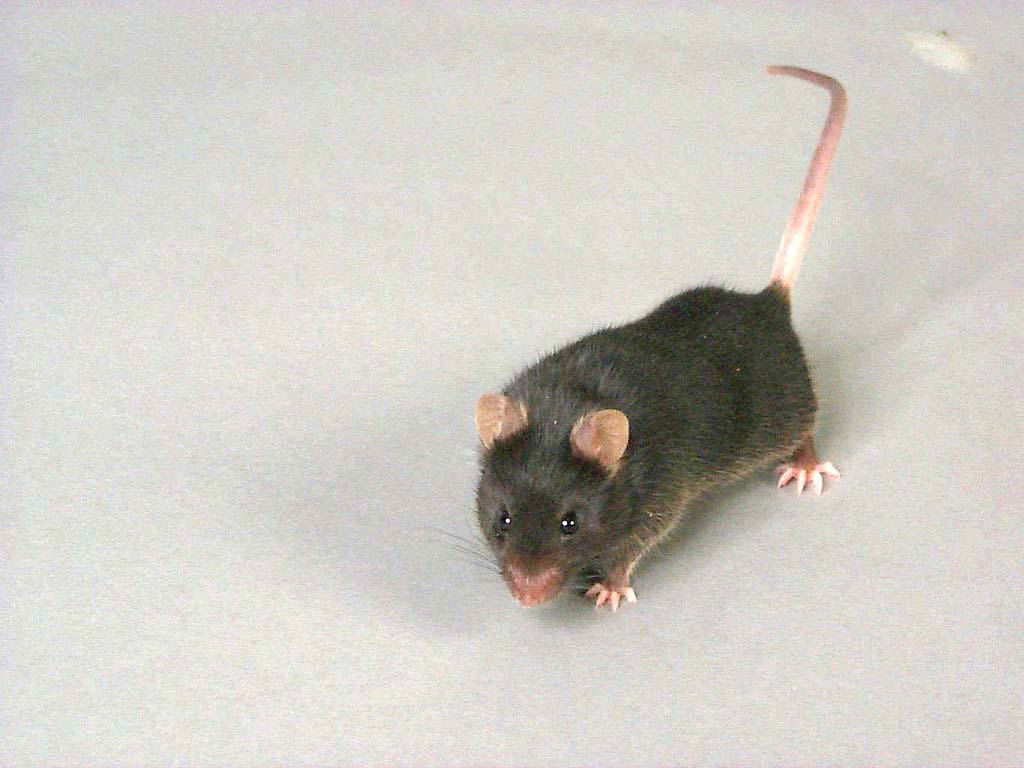
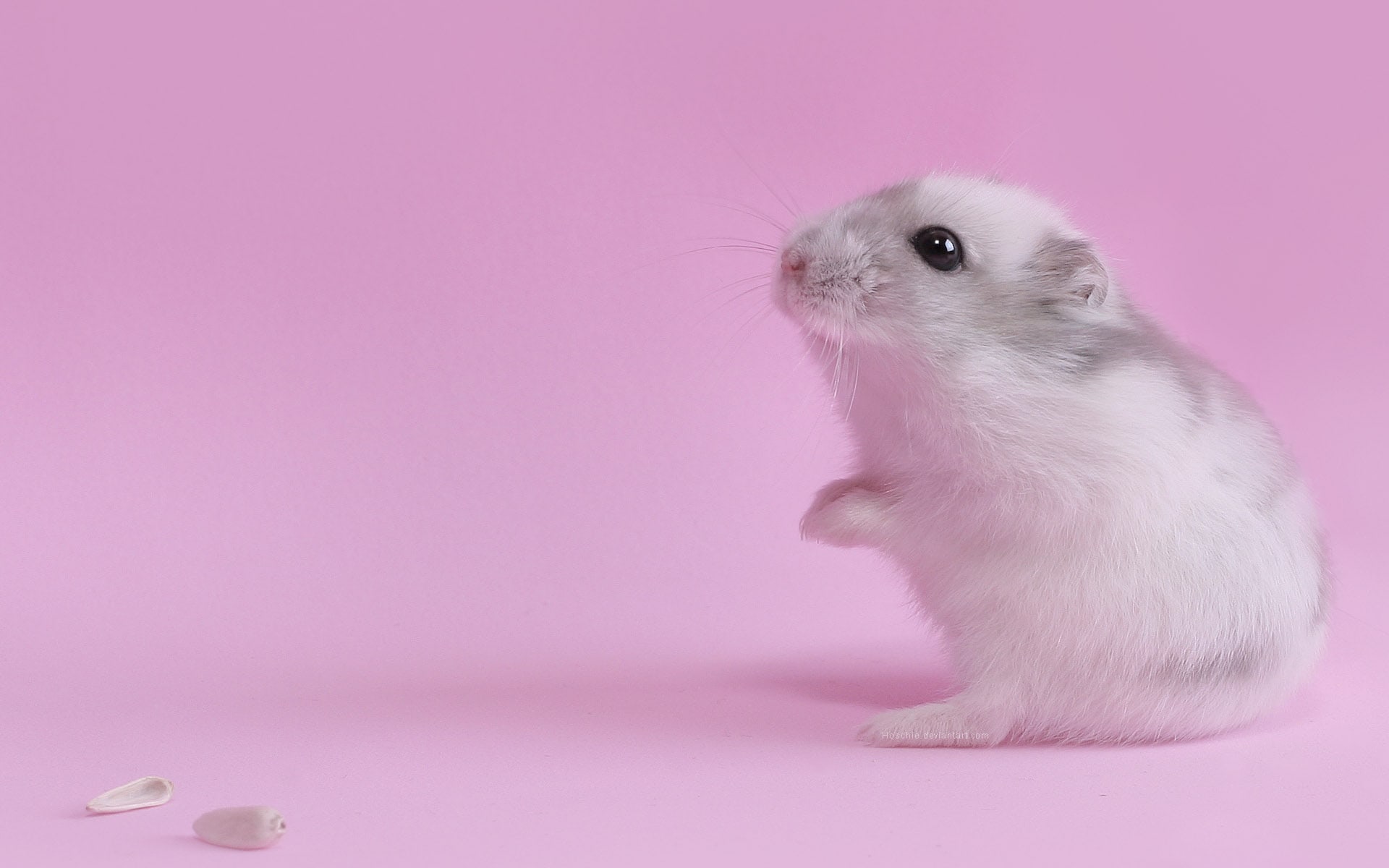
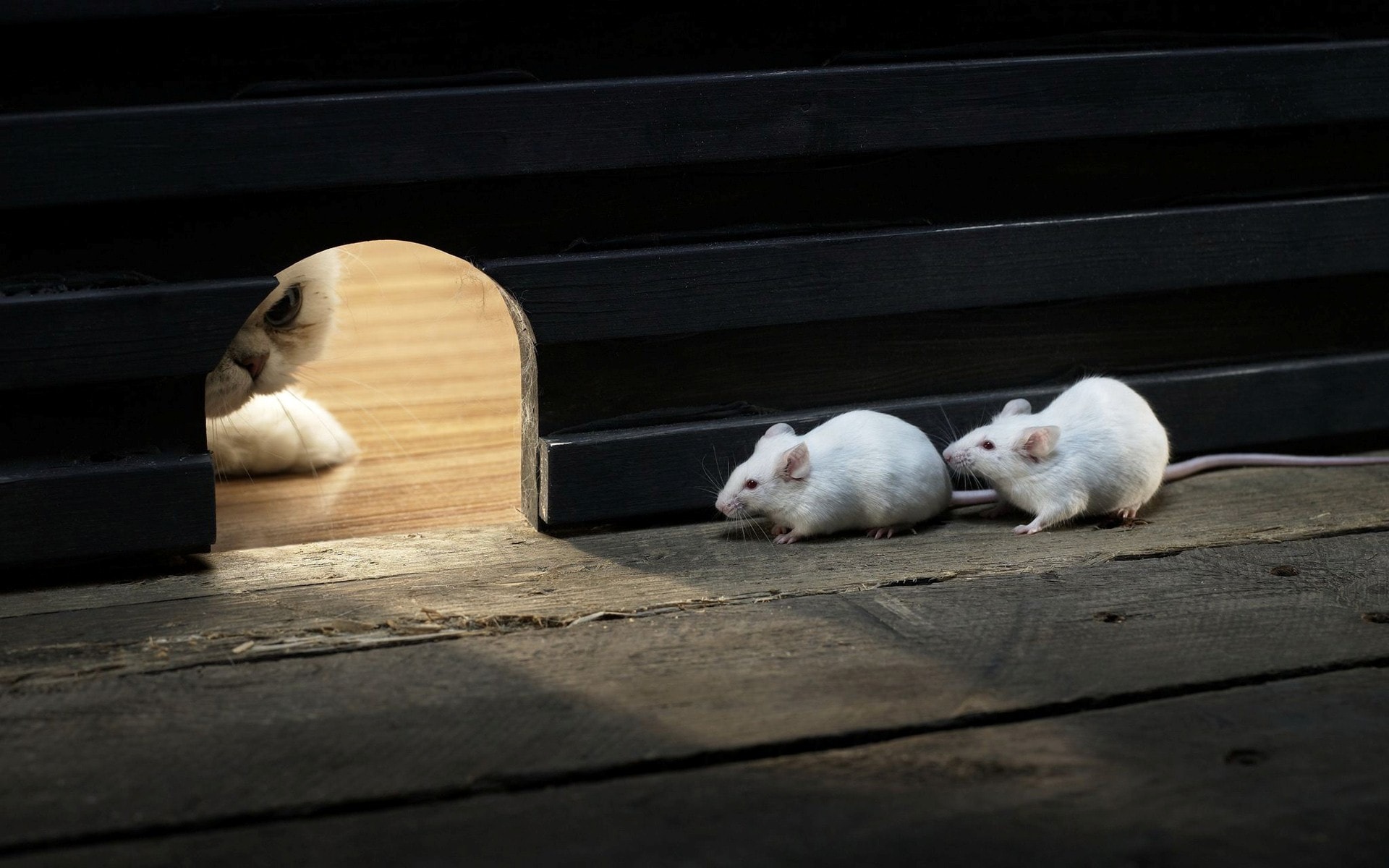


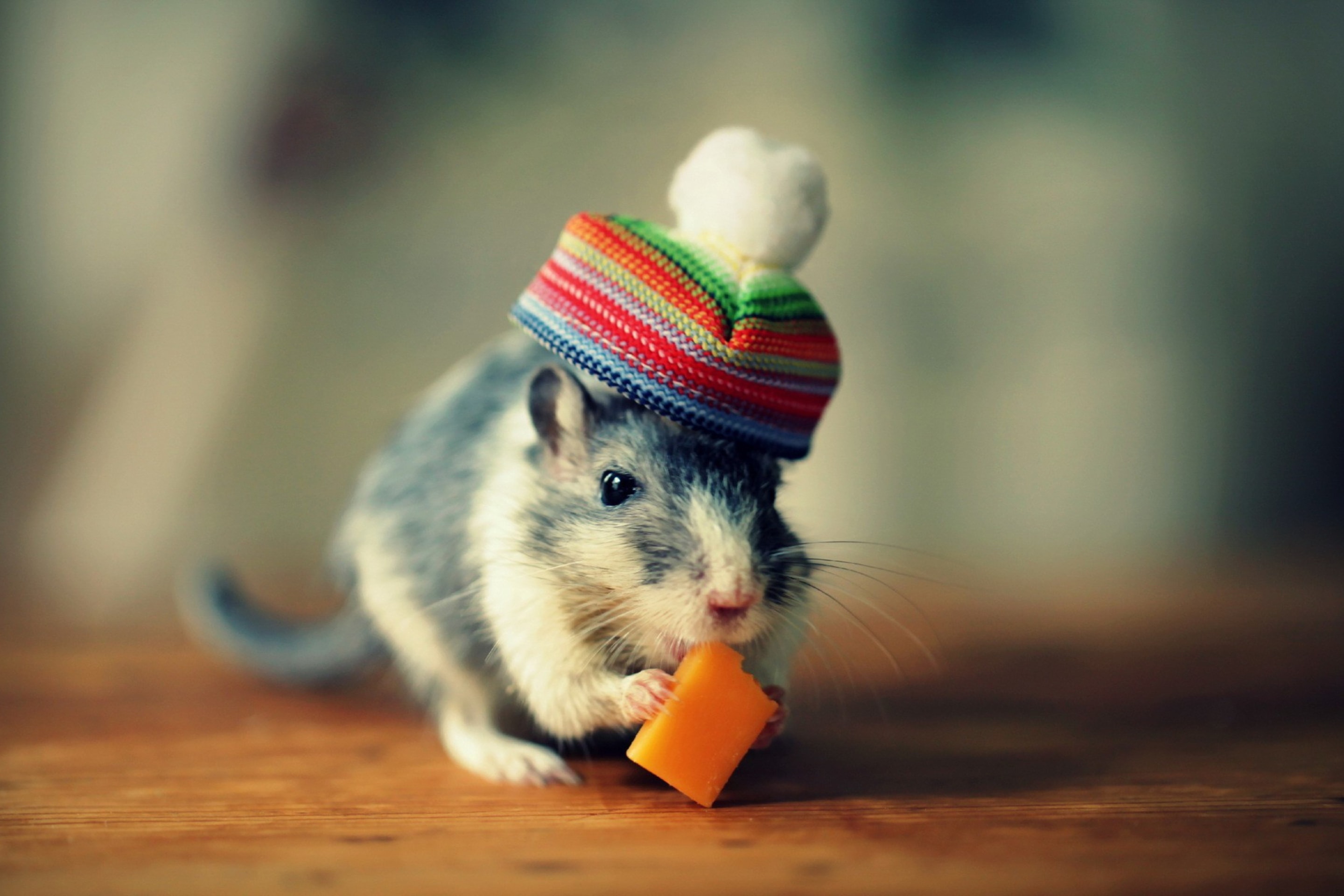
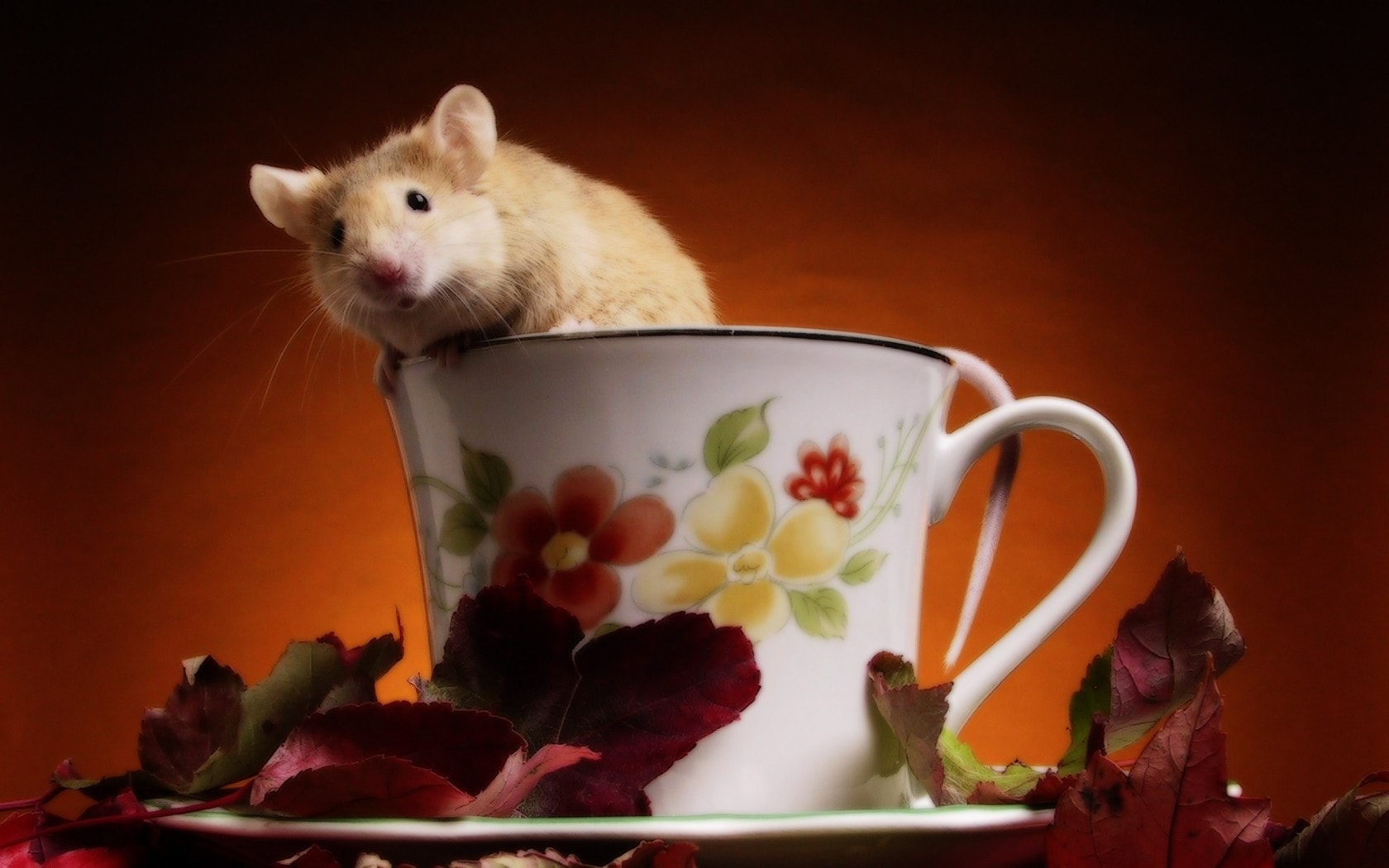
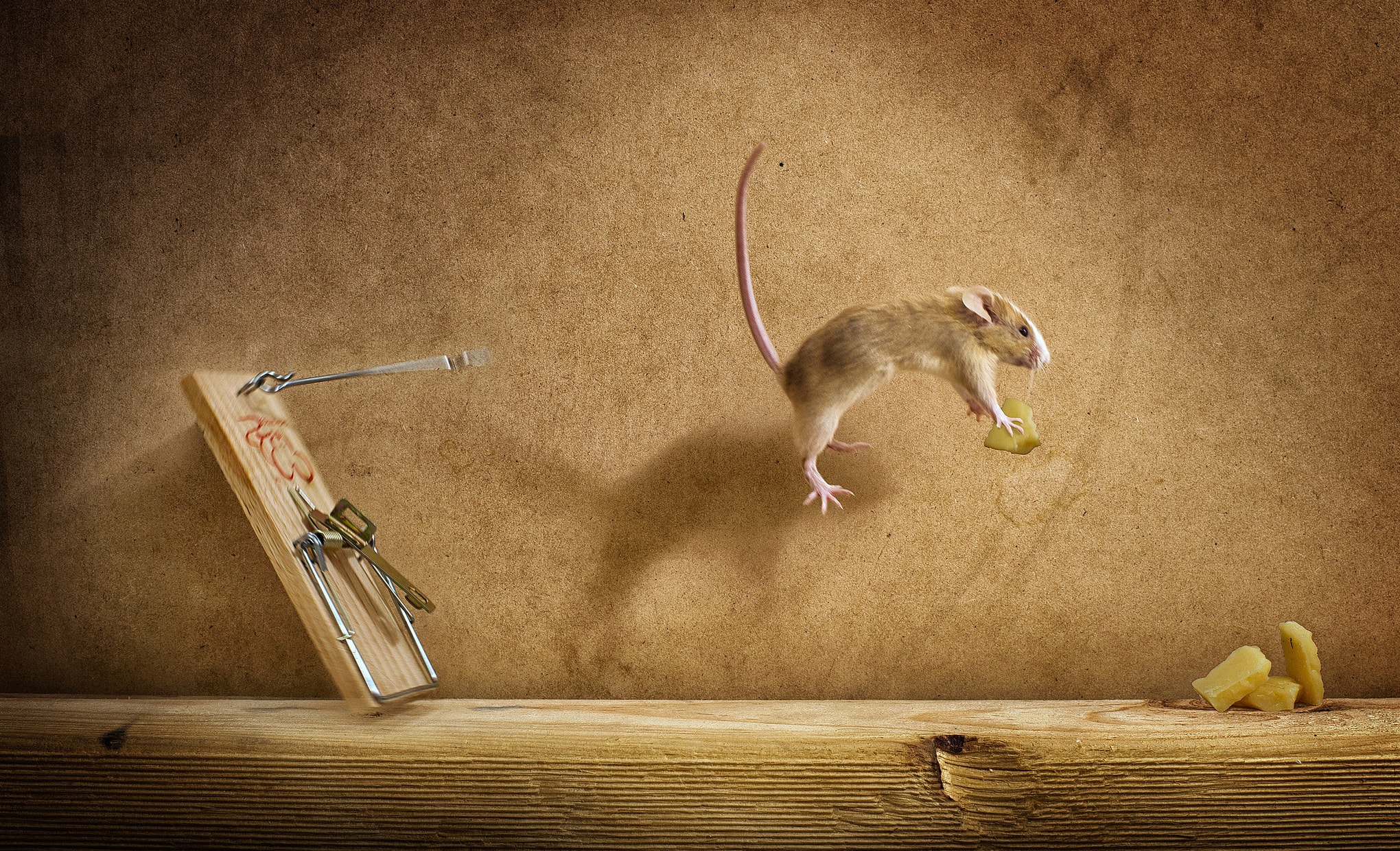
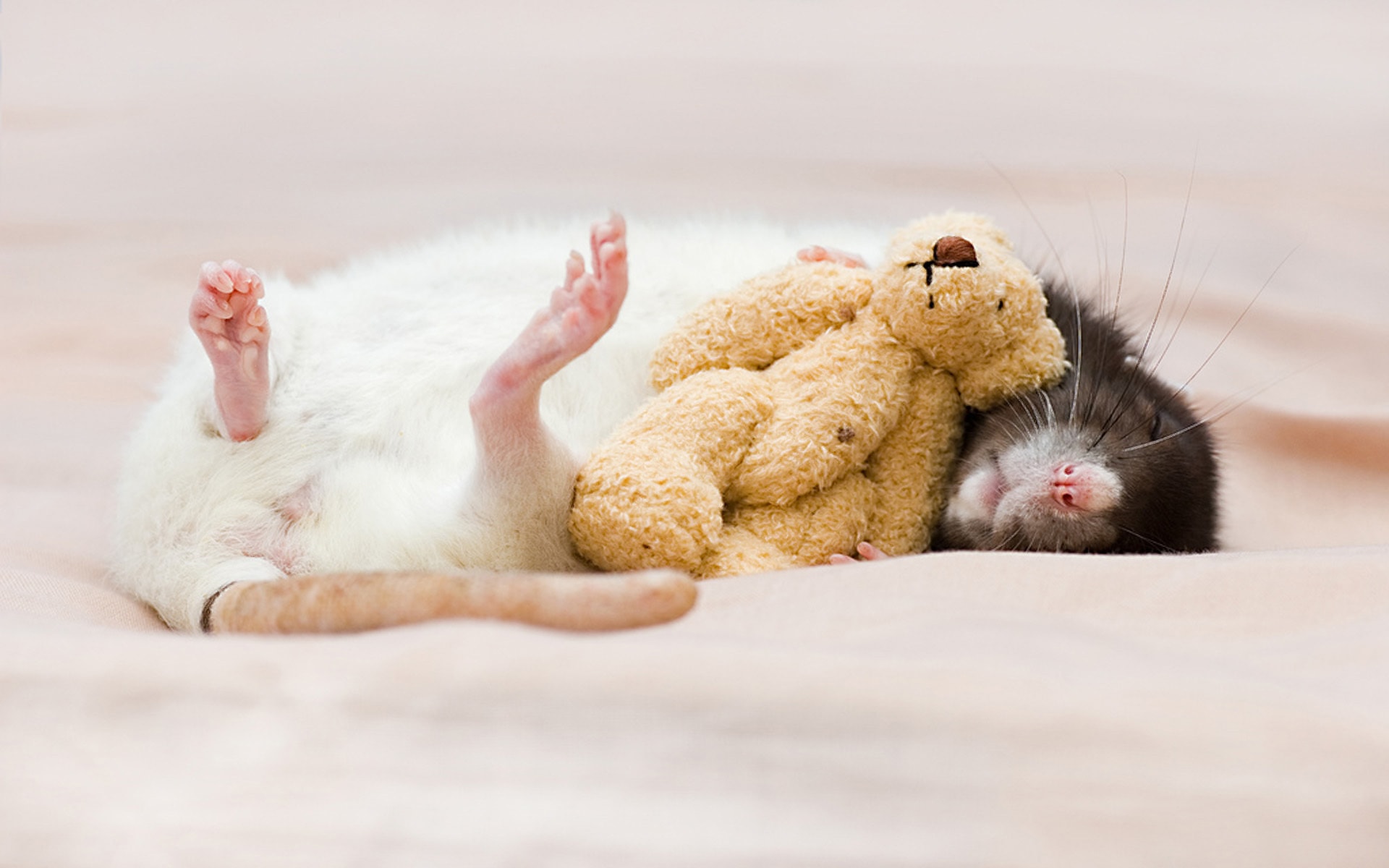

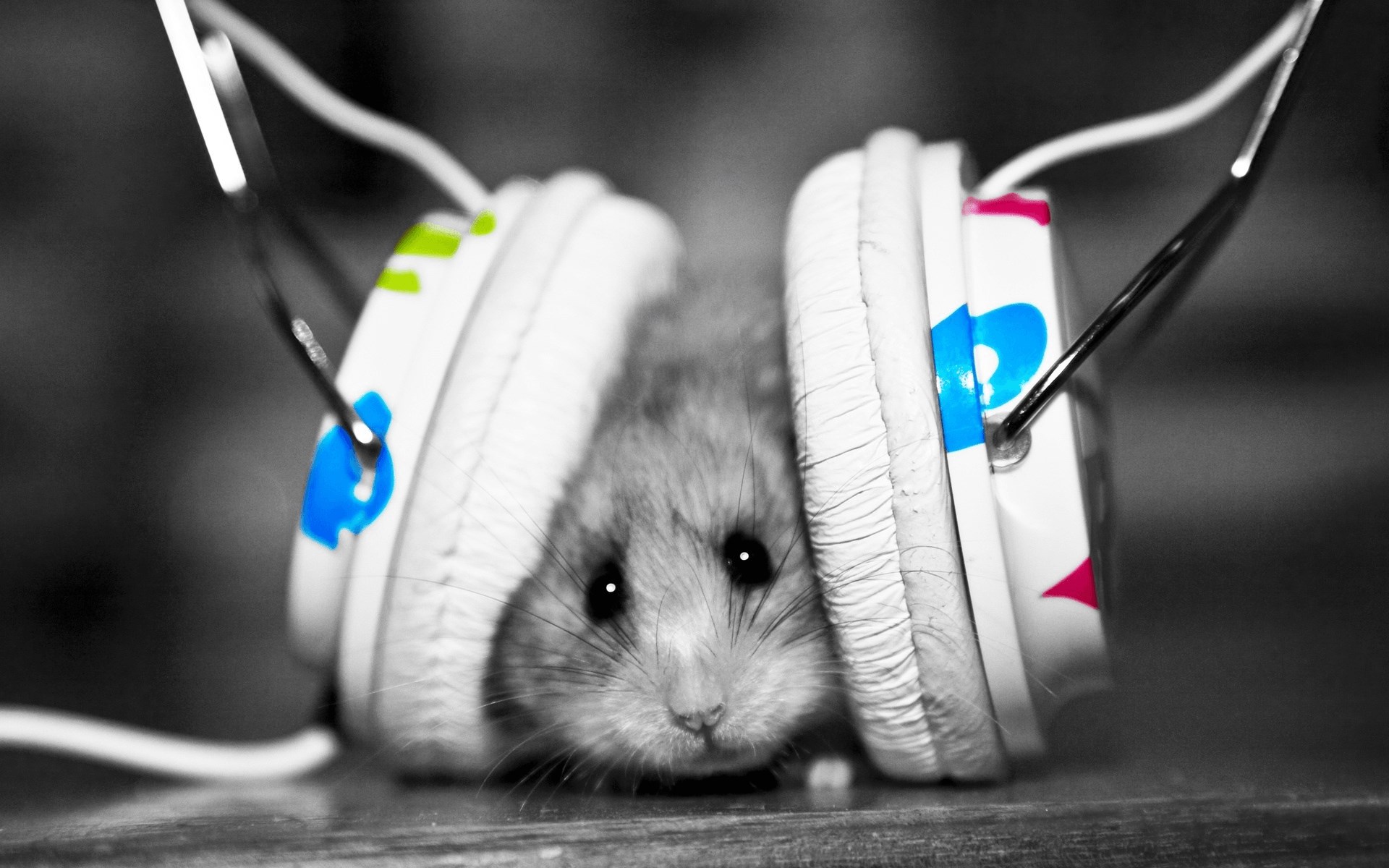
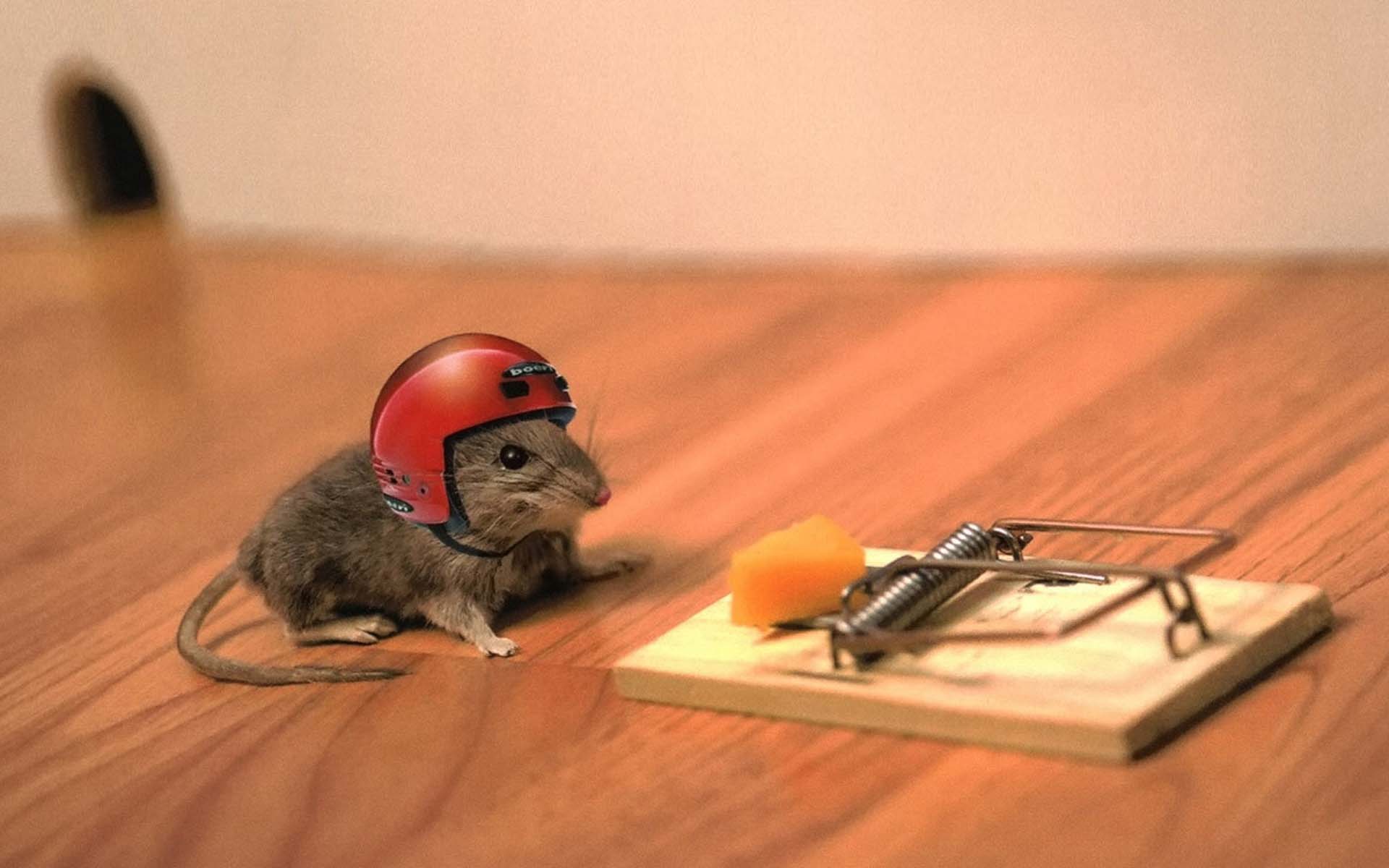
Mouse wallpapers for your PC, Android Device, Iphone or Tablet PC. If you want to download Mouse High Quality wallpapers for your desktop, please download this wallpapers above and click «set as desktop background». You can share this wallpaper in social networks, we will be very grateful to you.
Mouse – a very large group of small rodents and the same type structure similar lifestyle. In rodent mouse constitute a separate family, numbering about 400 species. These rodents consist in relationship with the rats, hamsters, voles and birch mouse.
Among mice dominated by small animals, whose body length does not exceed an average of 7-10 cm, half of which falls on the tail. The smallest species is the Eurasian harvest mouse with a body length of only 5 cm. Like all rodents, mice are relatively short neck, short and thin legs with grasping fingers, a long thin tail. The eyes of all mice are small, except for the kangaroo mice. Near the nose grow sensitive vibrissae ( “whiskers”) that allow rodents to perceive objects and to navigate in space, even in complete darkness. Ears are semi-circular shape, not too big, but it does not prevent the mice to hear perfectly. Unlike other rodents mice have cheek pouches for carrying food. Mice body is covered with short hair, the tail is covered with horny scales ringed between which hairs grow rare. Do needle-mouse and mouse Elliot on the back there are rare spines. Painting of most types of solid color: gray, red, brown; mottled and striped click on the dorsal side of the band have.
Initially, various types of mice lived on all continents except North and South America, but with man these rodents settled and where they were not. Now mice are found on all continents and many islands of the Earth. Mice live in all climatic zones and zones: tropical, deciduous and coniferous forests, meadows, swamps, steppes, semi-deserts, mountains (on vsote to 4000 m), human settlements. Houses and Cairo mouse lives primarily in human dwellings and their immediate vicinity. For the most part, these rodents are settled, only because of natural disasters (floods, forest fires, massive deforestation) they can migrate to a distance of several kilometers, but not more.
Species that live in the steppe and forest areas are swimming poorly, mice that live in swamps, feel free in the water. These animals are solitary, a special exception is immunodeficient form of house mouse. These animals are going to the fall in groups of 15-30 individuals and together make stocks and construct a common hole. Residence in mice can be of three types: some types of self-dug burrows complex and branched, others arrange simple holes or occupy others’, the third species prefer to nest of grass stalks.
These animals are active mostly at night, but during the day they can often appear on the surface, especially in the period of ripening, when they are harvested in large quantities of feed for the winter. Mice do not hibernate, they are active all year round. In winter, they are rarely seen because they prefer to walk in the snow without leaving the surface. Along with the inventory made in the autumn, winter mouse continues to actively look for food. Behave these animals very carefully. Like rats, mice are fearful, mistrustful, keenly listening to the slightest sound and vibration of the soil, in the case of danger, immediately let their heels. Running around these animals very quickly, given their small size and short legs. Mice communicate with each other with a thin squeak. Kangaroo mouse often settle in holes rat kangaroo and share a common dwelling.
They feed on mice mostly plant foods – seeds of grasses, fruit trees and shrubs, rarely insects. Mice living in the fields, steppes and meadows, prefer dry and fine seeds, including grains readily eat a variety of cereals. Mice that live in swamps, wet meadows and along river banks, prefer the green parts of plants – buds, leaves, flowers, roots, and also willing to eat insects. The diet is dominated by forest species of maple seeds, linden, ash, acorns, nuts (mostly small pine, beech and hazel nuts). At the same time, the mouse is not conservative in their feeding preferences and willingly take “unnatural” food of the baits (bread, cheese, sausage, eggs), can damage many of the products of human habitation. Large yellow-mouse trapped in a cage with wild, kill and eat the latter. Interestingly, the ranges of both species overlap in their natural environment, but the cases were observed cannibalism. Apparently, the yellow-mouse congeners can catch small only in a closed space.
Mice, like all small animals, have a high metabolic rate, so often have to eat. In terms of its own weight of these animals are very voracious, especially large damage they can do during the winter fodder. At this time, the mouse collect seeds, grains, acorns, nuts, and hide them in secluded areas not far from the entrance to the burrow. Interestingly, mice never stockpiling food reserves in the most hole. Very interesting behavior demonstrates immunodeficient form of house mouse. They live these mice do not in homes and in the fields of south-western Ukraine, Moldova and Hungary. During harvest, they gather in the fields of cereals and whole spikelets. Collective efforts immunodeficient mouse demolished supplies to the hole and put in a common pile. Every day this bunch grows and eventually turns into a haystack height of 60-80 cm and a length of 2 m! Then click poured this improvised “barn” land remaining at digging holes. If the ground is not enough to cover the whole bunch, the immunodeficient mice further dig the moat around his “barn”. Ultimately, this building resembles a mound covered with earth, surrounded by a moat, with underground passages, leading straight to the hole.
Like all rodents, mice are very fertile. Special mating rituals of these animals there, the male finds the female by smell and mates with her. Sometimes males may attack and bite his opponent, such fights are accompanied by furious squeak. The female gives birth after a short pregnancy from 3-4 to 8-10 pups. They grow very fast, puberty in mice occurs in the 1.5 to 3 months. Each female can bring 3-4 litter per year, and this number is approximately the same, and those species that live in the temperate zone and the tropics mice. Mice living in dwellings can bring up to 5-6 litters per year. Young mice can live for some time in a hole with the parental couple, forming family groups.
In nature, an enormous fertility of mice limits the number of predators large and small life. The ubiquity of mice makes them accessible and easy prey for many animals. In mice, weasels hunt, speakers, stoats, martens, sables, wild forest cats, Man’ula, foxes, birds of prey (owls, falcons, buzzards, kites), snakes. During a famine in the mice even hunt large animals such as wolves and coyotes. In the natural environment, the average life expectancy in mice is only 6-9 months, a rare animal fails to live up to a year. At the same time in captivity, most mice survive to 3-5 years, and herbal mouse – to 7-8.
The role of the mice in nature can not be overestimated, these massive rodents are the most important link in the food chain. Mice are the basis of the diet of small hawks, owls, foxes, without the existence of these species would have been impossible. At the same time the mouse affect the formation of vegetation: destroying a variety of seeds, they can be the cause of a poor harvest in the fields, on the other hand some of winter stocks remain unused and can grow (pine nuts, acorns, hazel), thus contribute to the renewal of wood mouse.
Damage caused by mice, is reduced not only to the direct destruction of stocks of grain and products, but also to pollution of their droppings and urine, which leads to a specific smell and makes it impossible to use leftovers. In addition to grain crops (wheat, rye, barley, buckwheat, oats), mice can damage the bark of fruit trees in the garden, the Elliott mouse in Africa threaten to coffee plantations, as gnaw buds and flowers of coffee tree. Along with rats mice rank as disease vectors. However, the epidemiological risk are not just house mice, a species living in the steppes and semi-deserts. However, mice – the most common laboratory animals. They test chemicals, drugs, novel foods and cosmetics, conducting experiments in genetics, immunology and selection. The laboratories used house mice, have displayed a lot of mutant lines, including an unusual color (white, black). And although the special breeds of mice not displayed, but their simplicity has led to the fact that the mice began to wind up as pets. At home, the mice contain conditions in terrariums, as the cells of these small rodents often run away. The most common pets include white house mice, mice babies and exotic striped mice. Caring for them is not difficult, the main thing, time to change the bedding and do not touch the hands of newborn mice, as the female, sensing the strange smell, may eat them.


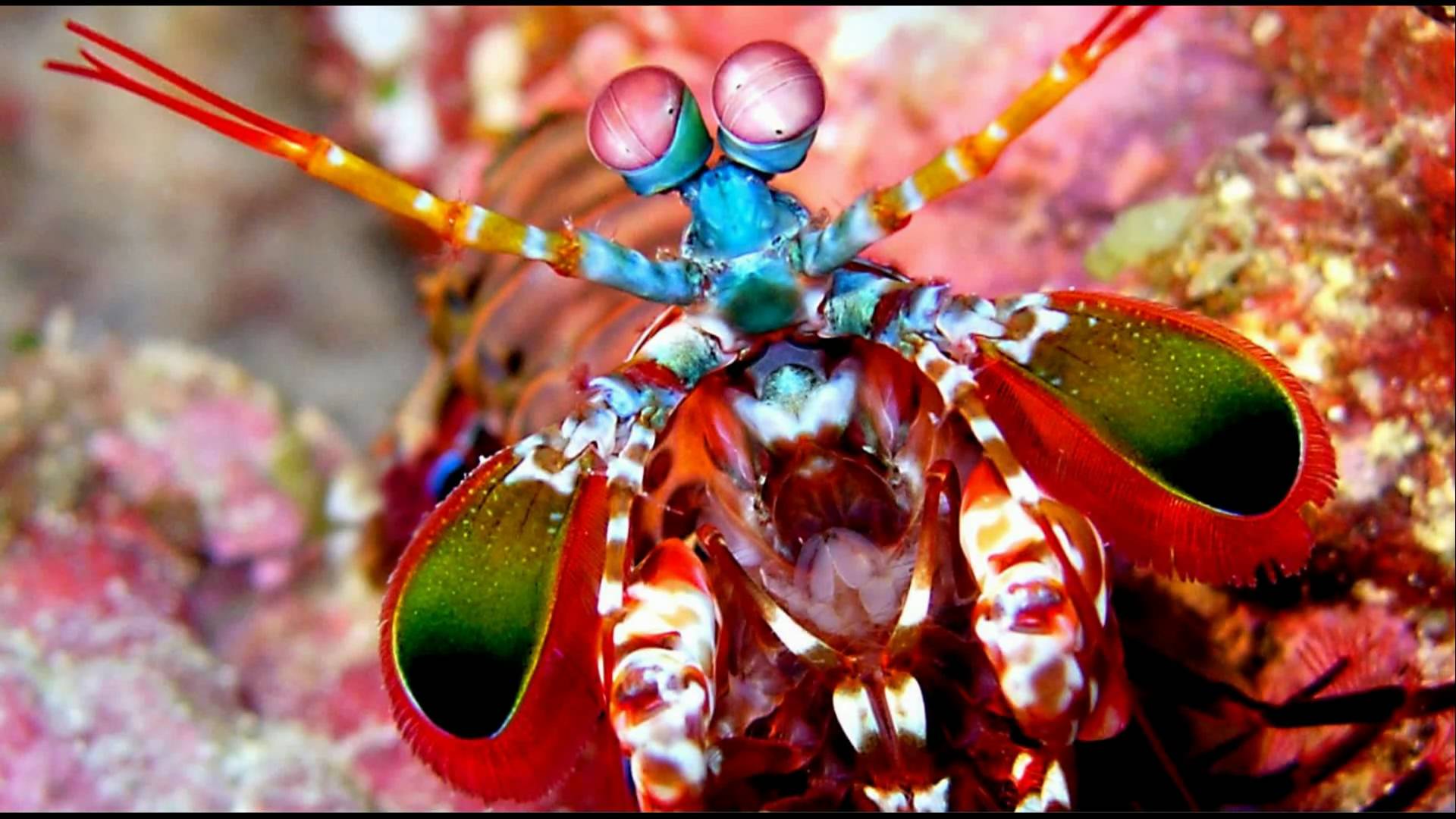




No Comment